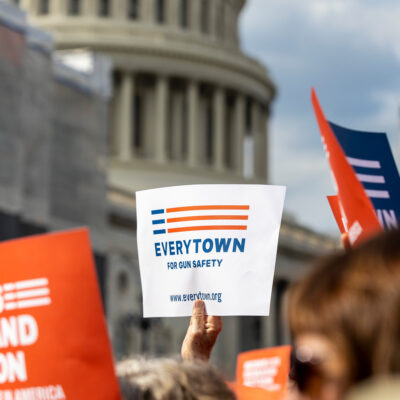Gun Suicide
What is the problem?
Gun suicide claims the lives of nearly 25,000 people in America every year. We must address this public health crisis to reduce gun violence in this country.
Why is it an issue?
A gun leaves no room for a second chance.
By the numbers
12x
The US gun suicide rate is nearly 12 times that of other high-income countries.
6/10
Nearly six out of every 10 gun deaths in the US are suicides.
3x
Having access to a firearm triples one’s risk of death by suicide.
>2x
The rate of firearm suicide in rural areas is more than double the rate in urban areas.
What are the solutions?
-
Extreme Risk Laws
When a person is in crisis and considering harming themselves or others, family members and law enforcement are often the first people to see the warning signs. Extreme Risk laws, sometimes referred to as “Red Flag” laws, allow loved ones or law enforcement to intervene by petitioning a court for an order to temporarily prevent someone in crisis from accessing guns.
-
Secure Gun Storage
Gun owners can make their homes and communities safer by storing their guns securely. This means storing them unloaded, locked, and separate from ammunition.
-
Waiting Periods
A waiting period law requires a certain number of days to pass between the purchase of a gun and when the buyer can actually take possession of that gun. This creates a buffer between someone having a suicidal crisis and access to a gun.





